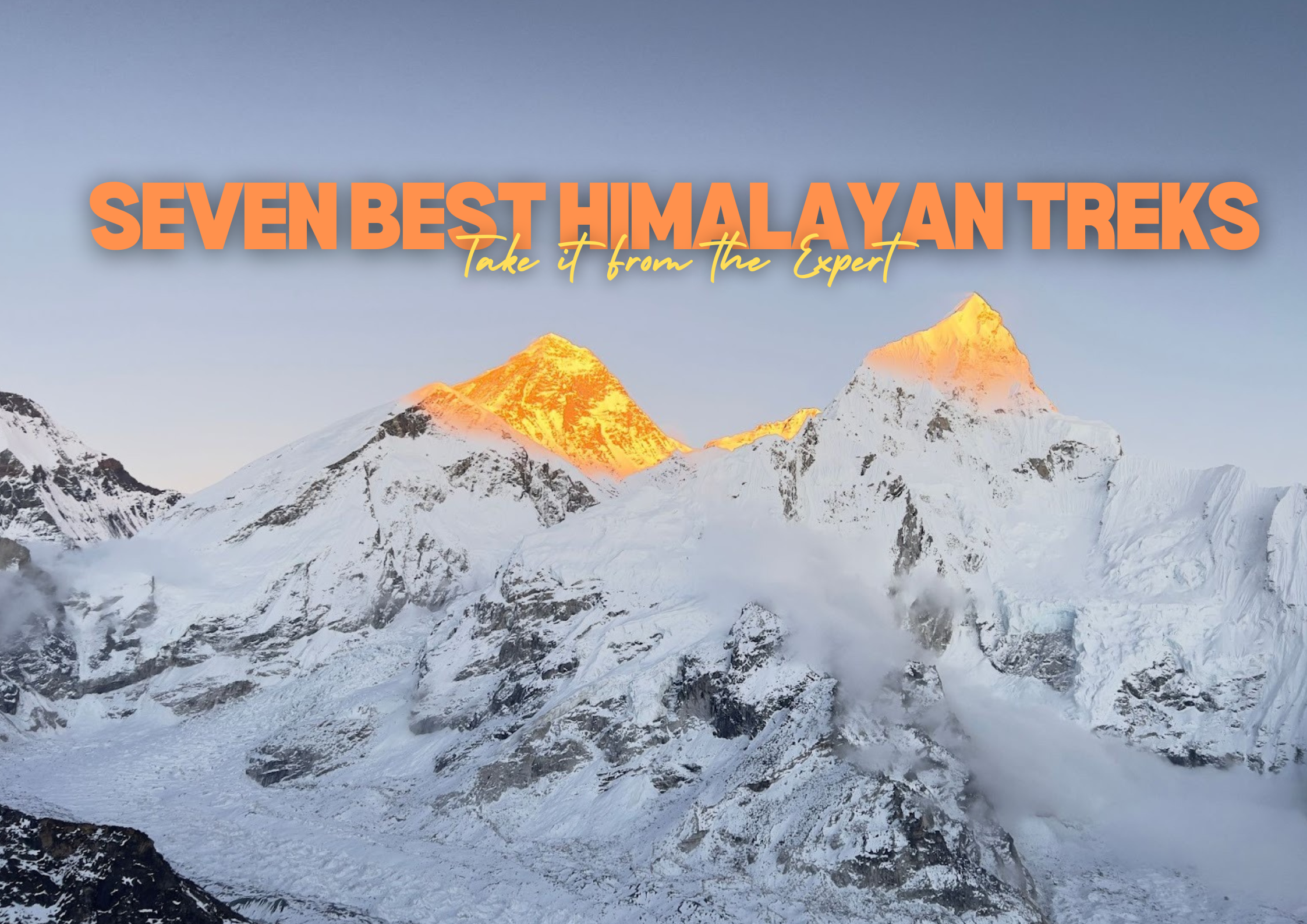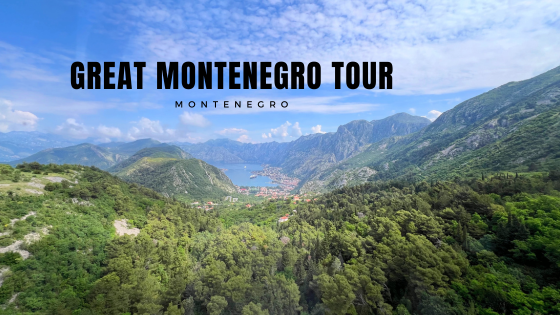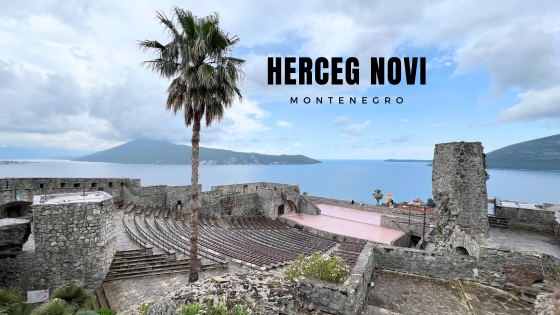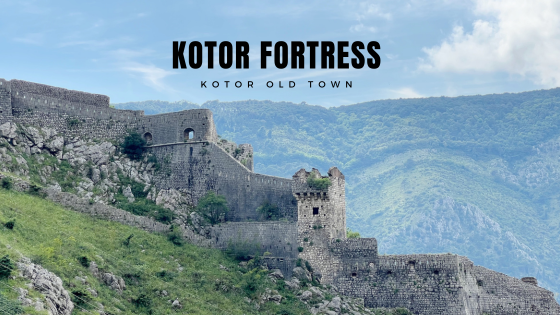Years of walking Nepal’s trekking trails reveal just how varied the Himalaya can be. Each region offers its own pace, culture, and landscape, from the busy paths of Everest and Annapurna to the quieter valleys of Langtang, Manaslu, Mardi, and Upper Mustang. This guide brings together those on-the-trail insights to help you choose the correct route and prepare confidently for Nepal’s most rewarding trekking journeys.
Everest Base Camp Trek
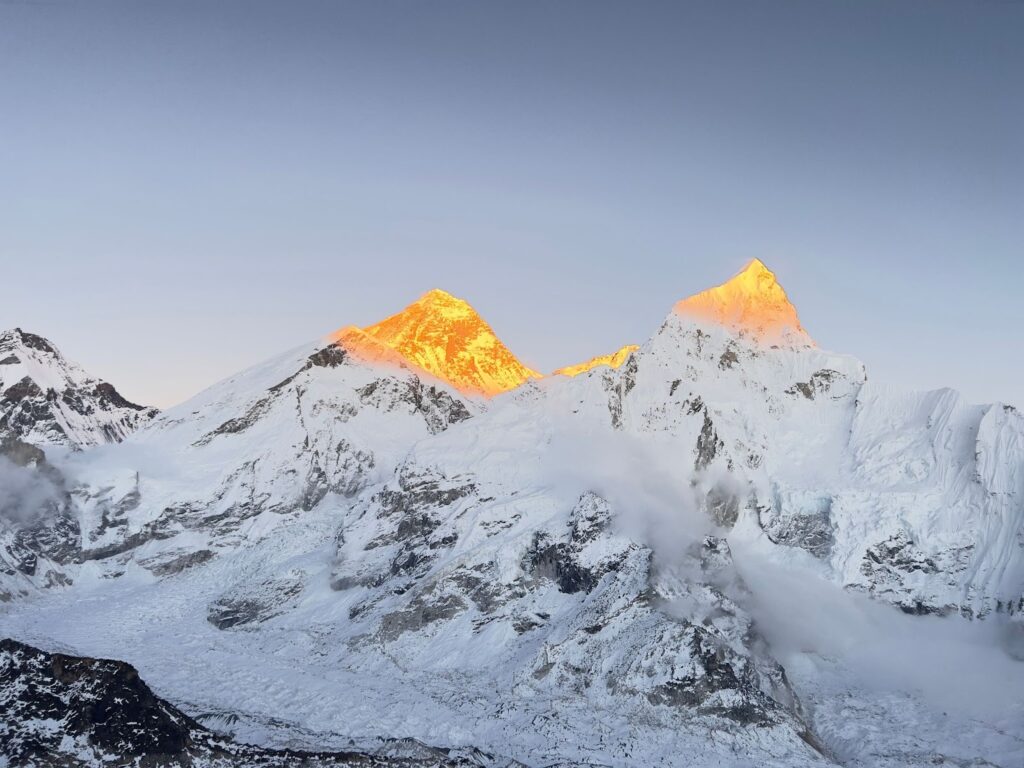
The Everest Base Camp trek makes an impression as soon as you land in Lukla, with a trail that passes through Sherpa villages, quiet monasteries, and long suspension bridges before reaching Namche and Dingboche, key points for acclimatisation. Teahouses are simple but dependable, and the cold above Dingboche calls for a minus fifteen-degree sleeping bag, good sun protection, water purification, a power bank, and a warm down jacket.
With steady pacing, proper hydration, well-used acclimatisation days, and a full gear check in Kathmandu, the journey becomes far safer and far more enjoyable.
Annapurna Base Camp Trek
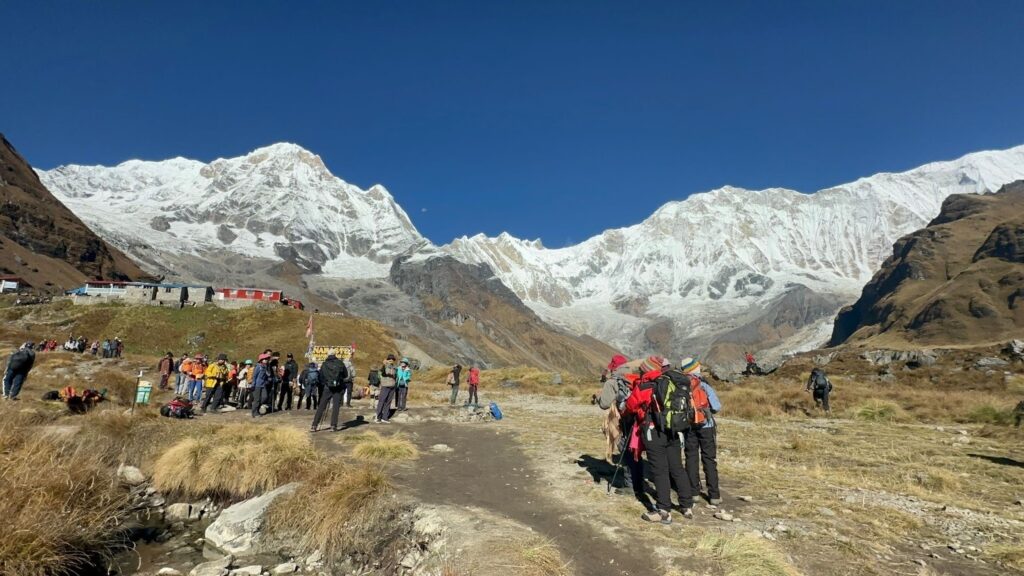
The Annapurna Base Camp trail offers one of Nepal’s most balanced mixes of challenge and scenery. Stone steps around Chhomrong offer broad valley views that remain impressive throughout the climb.
Bamboo forests, small teahouses, and the steady sound of the Modi Khola keep the route calm and steady. The sunrise walk from Machhapuchhre Base Camp to Annapurna Base Camp delivers a clear highlight as the peaks glow early.
Annapurna Circuit Trek
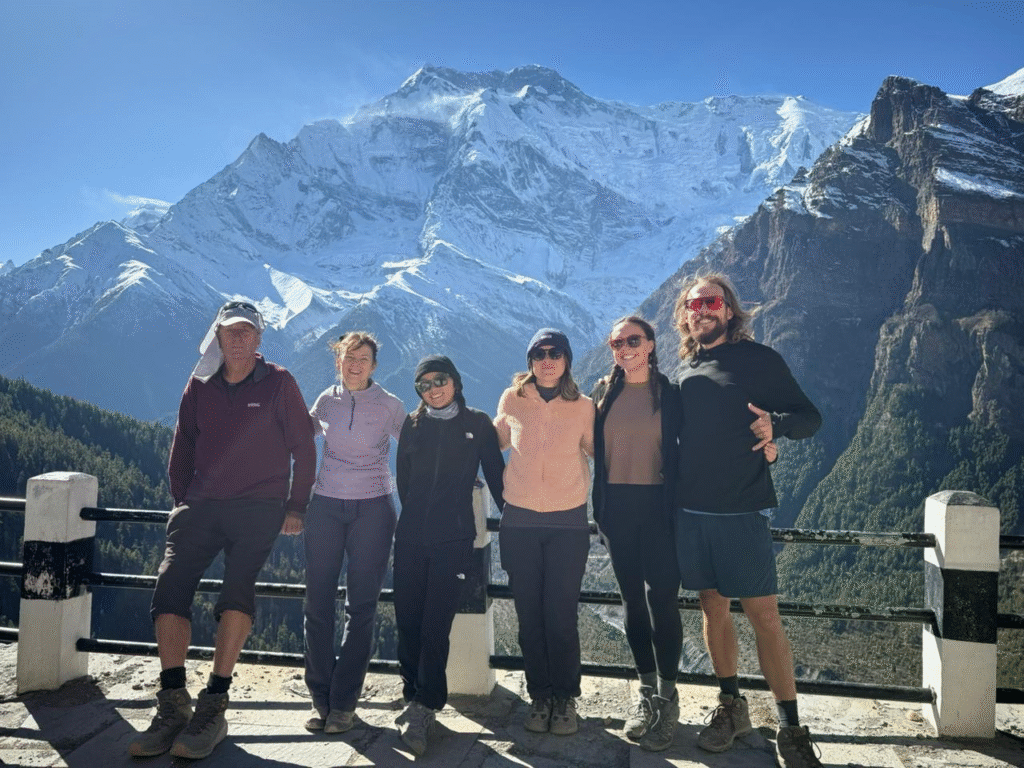
The Annapurna Circuit shifts from warm valleys to the open, breezy landscapes around Manang, where the steady altitude gain makes acclimatisation feel easier. Rest days always stand out, with short hikes and time spent around the village.
Teahouses have improved along the trail, from attached bathrooms down low to clean, simple rooms higher up. For Thorong La, warm layers, good gloves, and winter microspikes make the early climb far more comfortable. Reaching the pass leaves a feeling that lasts long after the trek ends.
Langtang Valley Trek

The Langtang Valley trek feels calm yet powerful as you leave Syabrubesi and pass villages rebuilt with heart. The climb to Kyanjin Gompa opens into a wide glacial valley that feels surprisingly peaceful. Reaching Kyanjin Ri or Tserko Ri becomes the moment that defines the trek for most people.
Lodges are simple and friendly, and I always bring extra thermals because the upper valley cools fast. It’s a short route, but the scenery and community make it genuinely meaningful.
Manaslu Circuit Trek

The Manaslu Circuit still feels remote, beginning in Arughat or Soti Khola and winding through tight gorges toward the Tibetan-influenced villages around Samagaun. The upper valley is quiet, marked by prayer wheels, small ridge monasteries, and Manaslu’s massive ice walls. Teahouses are comfortable but limited, so booking ahead really helps.
The climb to Larkya La is long yet steady, and carrying a wind layer is essential because crosswinds can be substantial. The pass is wide, calm, and home to some of Nepal’s most memorable views.
Mardi Himal Trek
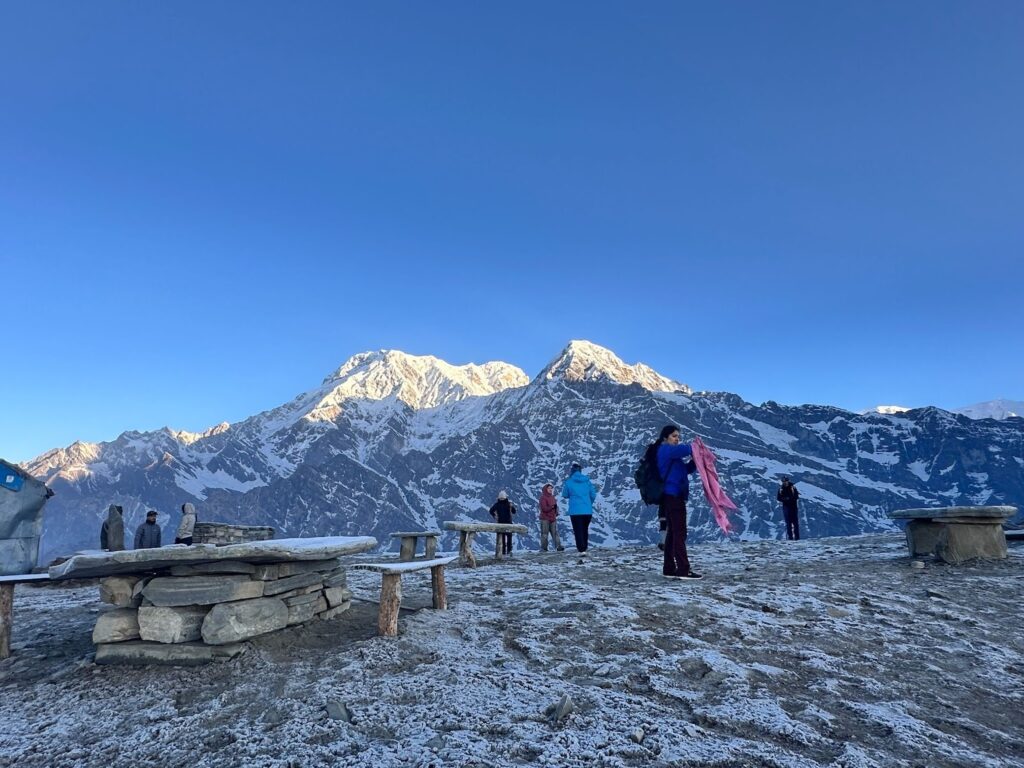
Mardi Himal is a quiet trail, but the views are the kind you remember. The ridge between Forest Camp and High Camp feels open and dramatic, with steep sides and huge skies. Sunrise at High Camp stands out because Machhapuchhre and the Annapurnas brighten together.
I take only the basics: good shoes, warm layers, and a headlamp for the early start. The small teahouses on the ridge keep the evenings calm and friendly.
Upper Mustang Trek

Upper Mustang feels entirely its own, with dry cliffs, old cave sites, and quiet walled villages shaping a landscape you don’t forget. Lo Manthang stands out for its monasteries and tight lanes that still reflect a deep mountain culture.
Because the region lies in the rain shadow, it remains accessible even during the monsoon season. Lodges are simple but full of character, and the gentler trails make the journey easier than many other high-altitude treks.
Practical Packing Guidelines
Packing for Nepal is really about taking what you need without weighing yourself down. I rely on a minus-15 sleeping bag, light base layers, warm mid-layers, a down jacket, broken-in boots, a reusable bottle with purification, solid sun protection, a buff, a power bank, and a headlamp.
On teahouse treks, a light pillowcase and warm socks make evenings easier, since dining rooms stay warm but bedrooms often don’t.
Best time for Nepal’s Trekking Trails
Nepal’s trekking seasons are pretty easy to understand, and picking the right time makes the trip feel a lot better. Spring, from March to May, brings warm weather and rhododendrons, and autumn, from September to November, usually offers the clearest views. Winter is fine for lower trails like Langtang Valley and Mardi Himal, but the higher routes can get very cold and receive more snow. Summer is the monsoon season, though Upper Mustang remains open because it lies in a dry rain shadow.
Choosing the right Travel Agency
Trekking in Nepal becomes much smoother when a local team manages the permits, logistics, and day-to-day planning. Having guides who understand the terrain and monitor altitude, weather, and pacing can make a meaningful difference on longer routes.
For trekkers who prefer professional support, a local operator such as Nepal Hiking Team can assist with coordination and safety while allowing you to focus fully on the experience.
Conclusion
These treks remind me how different Nepal’s mountains can feel from one region to the next. Some routes are busy and full of energy, while others stay quiet and steady. With the right timing, the right gear, and a trustworthy local team, the whole experience becomes easier. Choose the trail that fits how you like to walk, and Nepal will leave you with memories that last.
Author Bio: Balaram Thapa
I am Balaram Thapa, and my work in Nepal’s mountains began in 1998. I started as a porter, learning the trails step by step before training as a trekking guide. Over the next seven years, I led journeys across Everest, Annapurna, Langtang, and Manaslu, managing altitude challenges, weather shifts, and the daily realities of Himalayan trekking.
I later spent two additional years exploring quieter, less-visited regions to understand how the mountains and local communities were changing. These experiences shaped my approach to trekking, safety, and thoughtful travel in Nepal.
In 2009, I began organising treks professionally, drawing on everything I learned on the trail to support trekkers and help them experience Nepal with confidence and respect.



